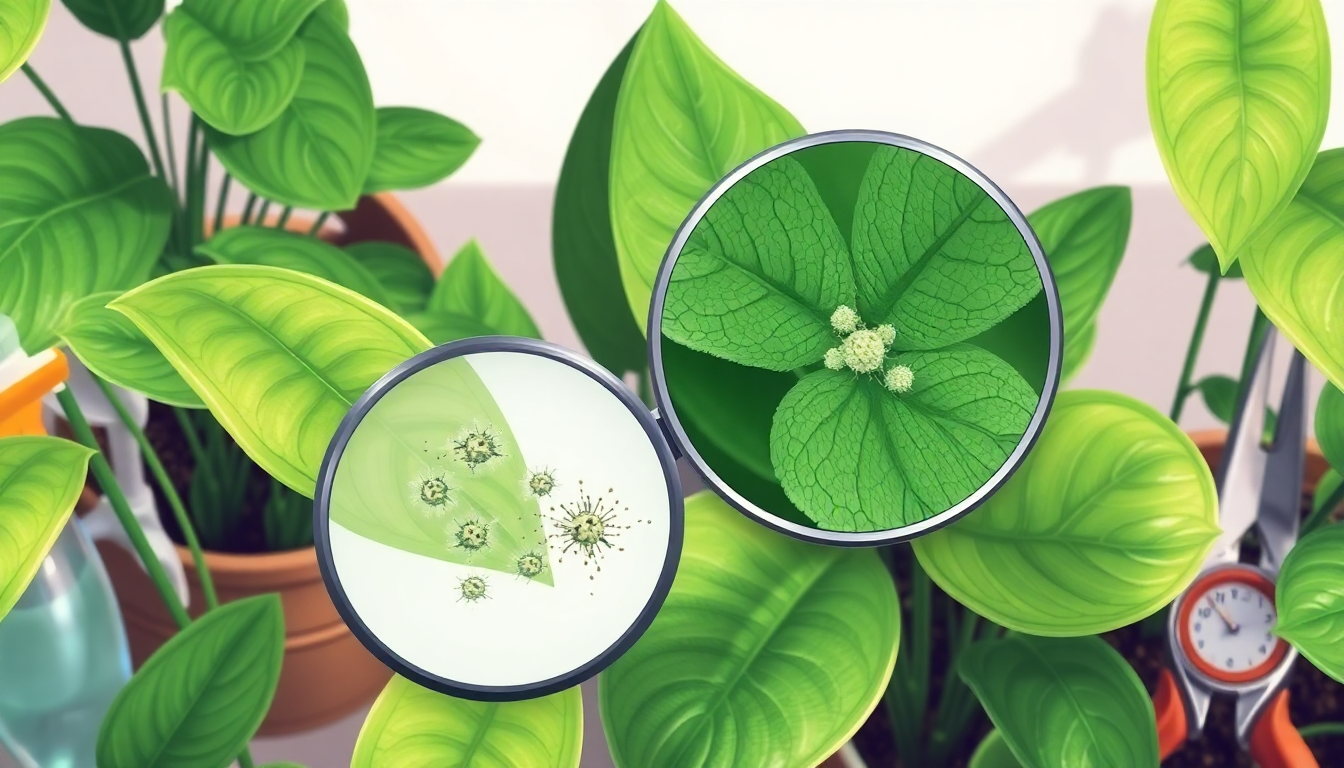As the owner of Idyl, an online shop specializing in plants and gardening supplies in Bangalore, I've seen firsthand the challenges that indoor plant owners face when it comes to protecting their beloved greenery from fungal spores. Maintaining the health and vitality of indoor plants can be a delicate balancing act, but with the right knowledge and strategies, you can keep your indoor oasis thriving.
In this comprehensive blog post, we'll dive deep into the world of fungal spores, exploring their impact on indoor plants and sharing practical tips to prevent and manage these pesky invaders. Whether you're a seasoned plant parent or just starting your indoor gardening journey, this guide will equip you with the tools you need to keep your plants happy, healthy, and thriving.
Understanding Fungal Spores
Fungal spores are the reproductive units of fungi, tiny airborne particles that can easily find their way into our indoor spaces. These microscopic hitchhikers can wreak havoc on our beloved houseplants, causing a range of issues from unsightly discoloration to potentially fatal diseases.
One of the key factors that contribute to the proliferation of fungal spores indoors is the warm, humid environment that many of our homes provide. This cozy climate can create the perfect breeding ground for various fungal species, making it crucial for plant owners to be proactive in their approach to prevention.
Types of Fungal Spores
While there are countless species of fungi that can affect indoor plants, some of the most common culprits include:
- Powdery Mildew: This fungus appears as a white, powdery coating on leaves and stems, often leading to stunted growth and discoloration.
- Botrytis Blight: Also known as "gray mold," this fungus can cause rotting and discoloration in leaves, flowers, and stems.
- Pythium Root Rot: This soil-borne fungus attacks the plant's root system, leading to wilting, yellowing, and ultimately, the plant's demise.
- Anthracnose: This fungus can cause unsightly lesions and discoloration on leaves, stems, and even fruits or flowers.
Understanding the specific types of fungal spores that may be affecting your indoor plants is the first step in developing an effective prevention and management strategy.
Preventing Fungal Spores
Proactive prevention is the key to maintaining healthy, thriving indoor plants. By implementing a few simple strategies, you can create an environment that is less hospitable to fungal spores and reduce the risk of infection.
Improve Air Circulation
Stagnant air can create the perfect conditions for fungal spores to thrive. Ensure that your indoor space has adequate air circulation by using fans, opening windows (when possible), and avoiding overcrowding of plants.
Maintain Proper Humidity Levels
Fungi love moisture, so keeping humidity levels in check is crucial. Use a dehumidifier or consider grouping plants together to create a more humid microclimate. Avoid misting plants, as this can actually increase the risk of fungal growth.
Choose the Right Potting Mix
Select a well-draining potting mix that is formulated for indoor plants. Avoid using soil from your garden, as it may contain dormant fungal spores that can be introduced into your indoor space.
Practice Proper Watering Techniques
Overwatering is a common culprit in fungal outbreaks. Water your plants only when the soil is partially dry, and be sure to allow the soil to dry out between waterings. Avoid getting water on the leaves, as this can create an environment conducive to fungal growth.
Sanitize Your Tools and Workspace
Regularly clean and disinfect your gardening tools, pots, and work surfaces to prevent the spread of fungal spores. Use a diluted bleach solution or a commercial disinfectant to ensure that any lingering spores are eliminated.
Introduce Beneficial Microorganisms
Consider using beneficial microorganisms, such as Trichoderma or Bacillus, to help combat fungal infections. These natural antagonists can outcompete and suppress the growth of harmful fungi, providing an additional layer of protection for your plants.
Monitor and Respond Quickly
Regularly inspect your plants for any signs of fungal growth, such as discoloration, spots, or powdery residue. If you notice any issues, act quickly to isolate the affected plants and treat the problem before it spreads.
Managing Fungal Outbreaks
Despite your best preventive efforts, sometimes fungal outbreaks can still occur. When this happens, it's important to have a plan in place to address the issue quickly and effectively.
Identify the Culprit
Carefully examine your plants to determine the specific type of fungal infection. This will help you select the most appropriate treatment method.
Use Fungicides Judiciously
If necessary, apply a targeted fungicide to the affected areas. Be sure to follow the instructions on the product label and use it sparingly, as overuse can lead to the development of fungicide-resistant strains.
Remove and Dispose of Infected Plant Parts
If the fungal infection is localized, carefully remove and dispose of the affected leaves, stems, or flowers. This will help prevent the spread of the fungus to healthy parts of the plant.
Improve Growing Conditions
Review your plant care practices and make any necessary adjustments to the environment, such as increasing air circulation, adjusting humidity levels, or improving drainage.
Consider Biological Controls
In addition to fungicides, you can also explore the use of biological control agents, such as beneficial fungi or bacteria, to help suppress the growth of harmful fungi.
Conclusion
Protecting your indoor plants from fungal spores is a crucial aspect of maintaining a thriving indoor garden. By understanding the nature of these microscopic invaders, implementing preventive measures, and responding quickly to any outbreaks, you can keep your beloved houseplants healthy, vibrant, and free from the ravages of fungal infections.
At Idyl, our mission is to empower plant enthusiasts like you with the knowledge and resources you need to create a lush, sustainable indoor oasis. Whether you're a seasoned plant parent or just starting your journey, we're here to support you every step of the way.
Remember, with a little diligence and the right strategies, you can enjoy the beauty and benefits of healthy, thriving indoor plants for years to come. Happy gardening!


0 comments